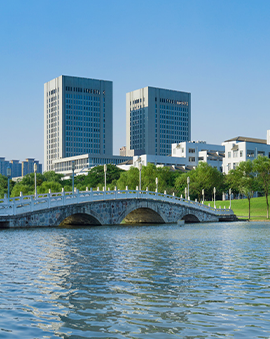Time:11:00-12:00, December 25, 2019 (Wednesday)
Location:Room 331, SANLIYUAN, TunxiluCampus
Speaker:AssistantProfessorSisi Jian
From:Hong Kong University of Science and Technology
Organizer:School of Traffic and Transportation Engineering
Lecturer introduce:Sisi Jiangraduated from Central South University with a bachelor's degree, a master's degree from Nanyang University of technology in Singapore, and a doctor's degree from the University of New South Wales. He is currently an assistant professor in the Department of civil and environmental engineering, Hong Kong University of science and technology. Mainly engaged in traffic network modeling and traffic behavior modeling. He has published more than 10 SCI papers in Transportation Research Part A, Transportation Research Part C, Accident Analysis & Prevention, Networks and Spatial Economics and other journals.
Description:Previous studies have analyzed the impacts of the introduction of autonomous vehicles on transport networks and estimated the safety, congestion, freight, parking and vehicle ownership impacts to social welfare and the economy. However, there appears to be a gap in the literature on the economic impacts of individuals allocating travel time in an autonomous vehicle to leisure and labor activities. This additional labor time could then have flow-on impacts to productivity and the broader economy. This paper addresses this gap through the development of a novel microeconomic model incorporating time use in autonomous vehicles. The model captures an individual’s consumption behavior, demand for leisure and supply of labor while accounting for the allocation of travel time to labor and leisure. It is an extension of existing microeconomic models of time use for three features: (1) travel utility, (2) mode choice with endogenous value of time, and (3) labor while travelling. A preliminary version of the model is then implemented in an integrated computable general equilibrium and transport model for Sydney, Australia, and is briefly tested to understand the order of magnitude of impacts. From this model, the introduction of autonomous vehicles without travel time allocated to labor and leisure results in a total welfare gain of A$6,274.70 million per year for Sydney residents, and with travel time allocated to labor and leisure, a total welfare gain of A$26,413.63 million per year. Further work is required to finalize the implementation of the model, validate the results and perform sensitivity analyses.


 HOME
/
Content
HOME
/
Content
